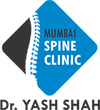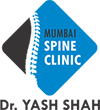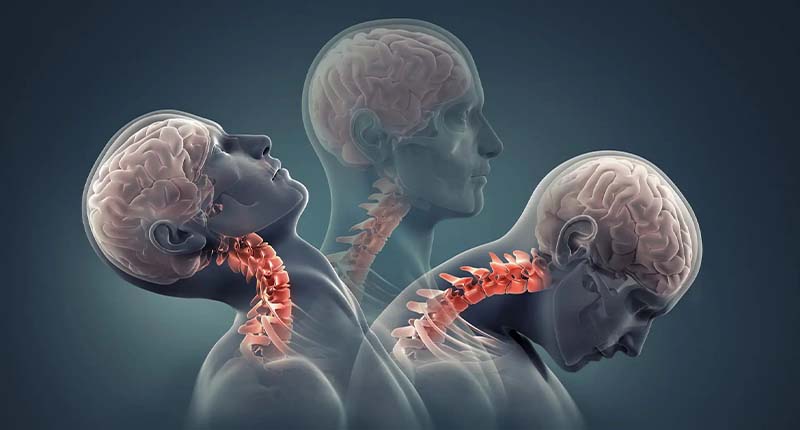Types of CVJ Anomalies
- Congenital Anomalies:
- Chiari Malformation: A condition where brain tissue extends into the spinal canal due to a small or misshapen skull. This can lead to compression at the CVJ.
- Basilar Invagination: A condition where the odontoid process (part of the axis) protrudes abnormally into the skull base, causing compression of the brainstem or spinal cord.
- Atlantoaxial Instability: Abnormal movement between the atlas and axis, which can be due to congenital malformations or ligament laxity.
- Acquired Anomalies:
- Rheumatoid Arthritis: Chronic inflammation can lead to erosion and instability at the CVJ, causing compression of the spinal cord.
- Trauma: Fractures or dislocations of the upper cervical spine can result in CVJ instability or malalignment.
- Tumors or Infections: Lesions in this region can cause structural abnormalities or compress neurological structures.
Causes of CVJ Anomalies
- Genetic Factors: Many congenital CVJ anomalies are linked to genetic mutations or developmental disorders.
- Rheumatoid Arthritis: This autoimmune condition can erode the bones and ligaments in the CVJ, leading to instability.
- Trauma: Accidents or injuries that affect the upper cervical spine can lead to acquired anomalies.
- Infections or Tumors: Pathologies in the cranio-vertebral region can distort normal anatomy, causing compression or instability.
Symptoms of CVJ Anomalies
- Neck pain or stiffness
- Headaches, often at the base of the skull
- Neurological deficits, such as weakness, numbness, or difficulty with coordination
- Swallowing difficulties (dysphagia)
- Respiratory issues in severe cases due to brainstem compression
Diagnosis
Diagnosis of CVJ anomalies typically involves imaging studies such as:- X-rays: To assess bone alignment and integrity.
- MRI: Provides detailed images of soft tissues, including the spinal cord and brainstem.
- CT Scan: Offers high-resolution images of bone structures, helping to identify fractures, malformations, or other anomalies.
Treatment Options
Non-Surgical Management:- Observation: In cases where the anomaly is asymptomatic or mild, regular monitoring with imaging studies may be recommended.
- Physical Therapy: Can help manage symptoms such as neck pain and improve stability.
Surgical Intervention:
- Decompression Surgery: Involves removing bone or tissue that is compressing the brainstem or spinal cord.
- Spinal Fusion: Stabilizes the CVJ by fusing the affected vertebrae, often using screws, rods, or bone grafts.
- Realignment Surgery: In cases of basilar invagination or other malalignments, surgery may be performed to correct the alignment of the CVJ.


